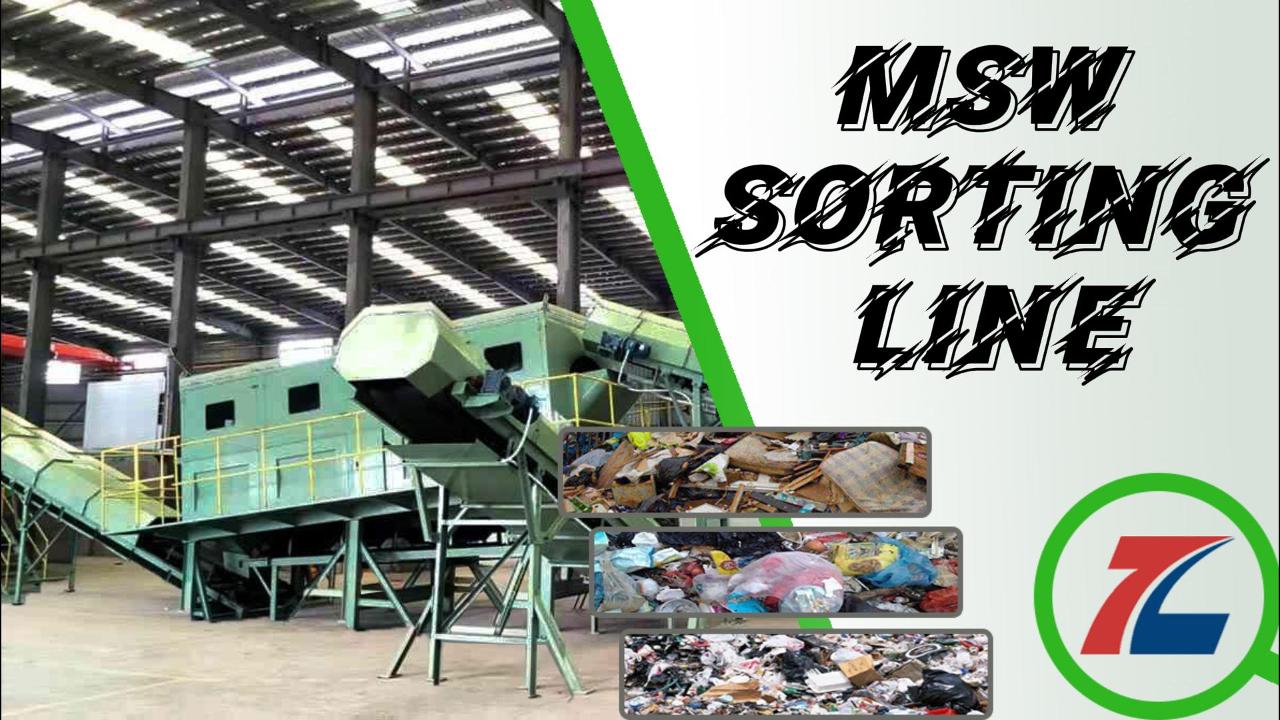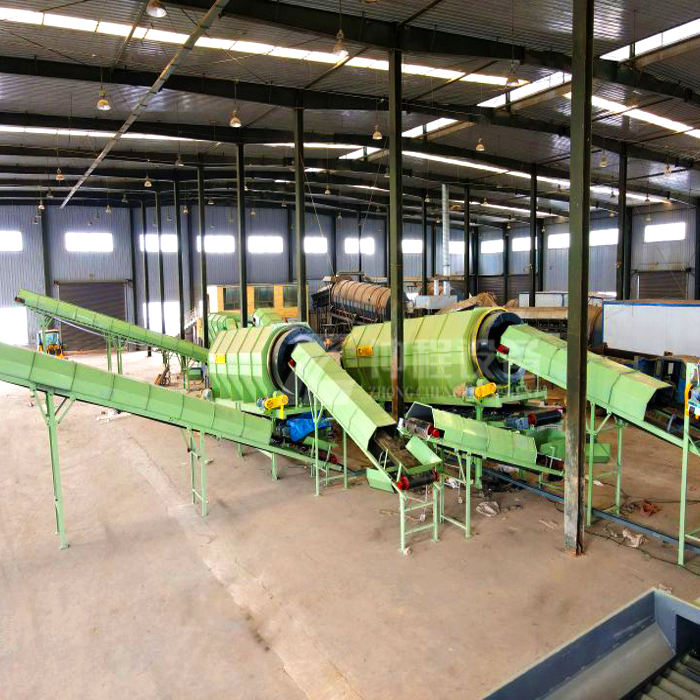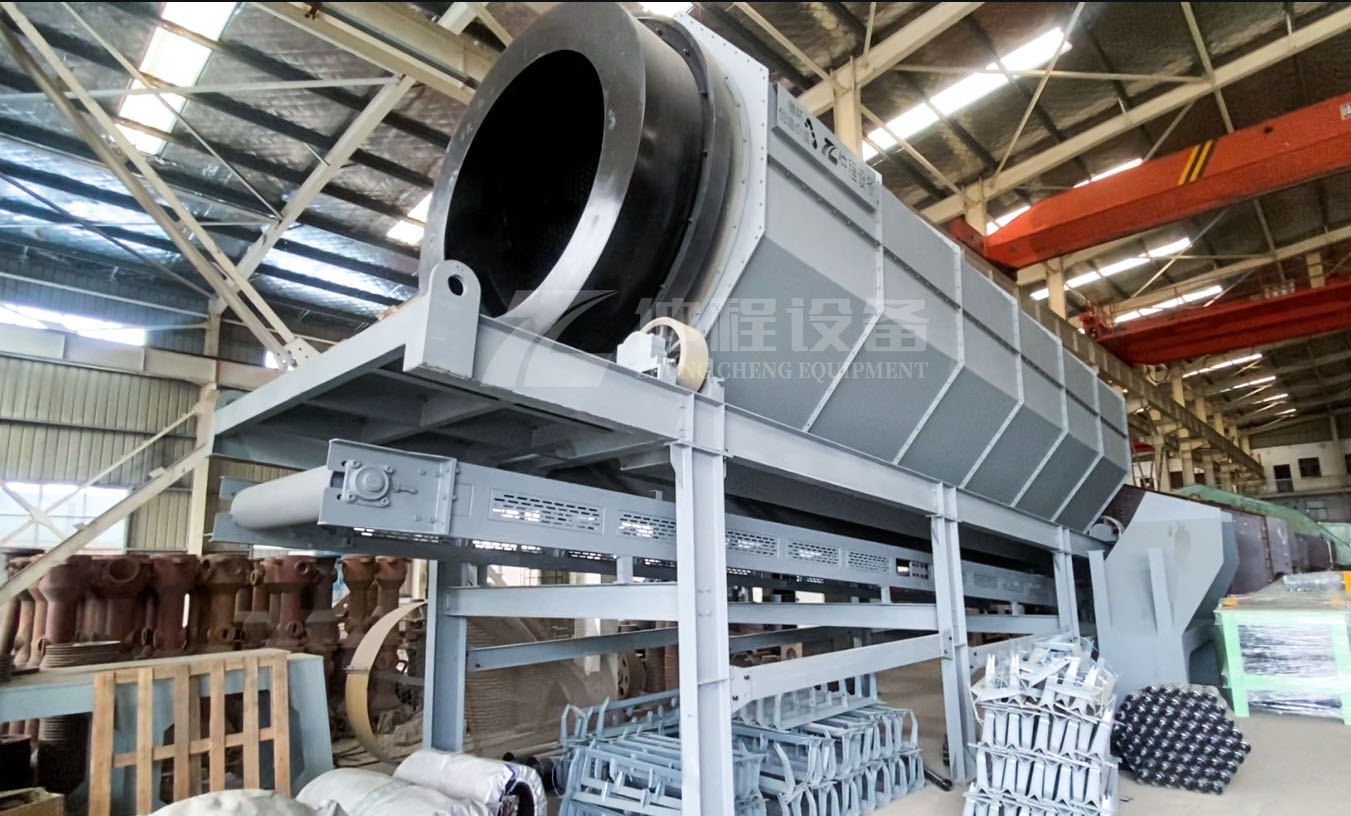Pre-Planning and Site Selection for a Waste Sorting Facility
The establishment of a waste sorting facility is an essential component in the waste management infrastructure of any community. Proper pre-planning and site selection are crucial to ensure the facility operates efficiently, meets environmental standards, and minimizes negative impacts on the surrounding community. This article outlines key considerations for the planning phase and the process of selecting an appropriate location for a waste sorting factory.

1. Regulatory Compliance:
Before proceeding with any construction or operational activities, it's vital to review all relevant local, state, and federal regulations. This includes obtaining necessary permits and ensuring that the proposed site complies with zoning laws, environmental protection guidelines, and health and safety requirements.
2. Environmental Impact Assessment (EIA):
An EIA must be conducted to evaluate potential environmental effects of the proposed facility. The assessment should consider factors such as air and water quality, noise pollution, and habitat disruption. Mitigation measures should be identified to address any adverse impacts.
3. Proximity to Waste Sources:
The chosen location should ideally be within a reasonable distance from major waste generation points to reduce transportation costs and emissions. However, it should also not be too close to residential areas to prevent nuisance and maintain public health standards.

4. Accessibility:
Good access to transportation networks is critical. The site should be easily reachable by roads suitable for heavy vehicles used in waste collection and transport. Additionally, proximity to railway lines can facilitate the movement of sorted materials if required.
5. Land Availability and Cost:
Sufficient land area is needed to accommodate the facility, including space for operations, storage, and possible future expansion. The cost of acquiring the land must be considered alongside long-term economic benefits.
6. Community Engagement:
Engaging with the local community early in the process can help identify concerns and gain support. Transparency about the project’s goals, expected outcomes, and how it will benefit the community can lead to smoother implementation.
7. Infrastructure and Utilities:
The availability of necessary utilities like water, electricity, and sewage systems must be evaluated. Existing infrastructure can significantly impact the cost and timeline of establishing the facility.

8. Potential for Future Expansion:
Consideration should be given to the possibility of expanding the facility in response to increased waste volumes or changes in waste management practices. A site that allows for easy expansion can provide flexibility and longevity.
Selecting the right location for a waste sorting facility requires careful consideration of multiple factors. By addressing regulatory compliance, conducting thorough environmental assessments, ensuring accessibility, engaging with the community, and considering future needs, planners can set the foundation for a successful and sustainable waste sorting operation. Effective pre-planning ensures that the facility contributes positively to waste management efforts while minimizing its footprint on the environment and nearby communities.
-
 Trommel screenTrommel screen, also known as drum screens, are widely used in various industries for sorting and separating materials.Get Quote
Trommel screenTrommel screen, also known as drum screens, are widely used in various industries for sorting and separating materials.Get Quote -
 Crop straw double shaft shreddApplications:Biomass Energy Production: Shredded straw can be used as a feedstock for bioenergy plants to produce electricity or heat.Livestock Feed: Reduced-si...Get Quote
Crop straw double shaft shreddApplications:Biomass Energy Production: Shredded straw can be used as a feedstock for bioenergy plants to produce electricity or heat.Livestock Feed: Reduced-si...Get Quote -
 Zhongcheng Air Drum SeparatorAir drum separators effectively separate lightweight materials (e.g., plastics, paper) from heavier materials (e.g., metals, glass). This high efficiency is cru...Get Quote
Zhongcheng Air Drum SeparatorAir drum separators effectively separate lightweight materials (e.g., plastics, paper) from heavier materials (e.g., metals, glass). This high efficiency is cru...Get Quote
-
2023-01-12Double-Shaft ShredderThe Double-shaft shredder is a widely used industrial shredder that efficiently processes various mixed waste materials, such as construction waste, industrial ...
-
2024-05-18Spring Cone CrusherSpring cone crushers are generally used in the medium and fine crushing links of mine crushing, and are mainly used in the secondary crushing and tertiary crush...
-
2024-07-09Recycling Balers-Safe,Easy-To-Use and affordableThe operating principle of a strapping machine primarily involves the following steps:1.Item Positioning:Firstly, the item to be strapped must be placed accurat...
-
2024-06-07Zhongcheng Air Drum Separator in MSWAir drum separators effectively separate lightweight materials (e.g., plastics, paper) from heavier materials (e.g., metals, glass). This high efficiency is cru...
-
2024-04-13Wobbler FeederWobbler feeder is a type of feeding equipment that uses rotating elliptical bars, known as wobblers, to separate materials based on size and type before they re...



